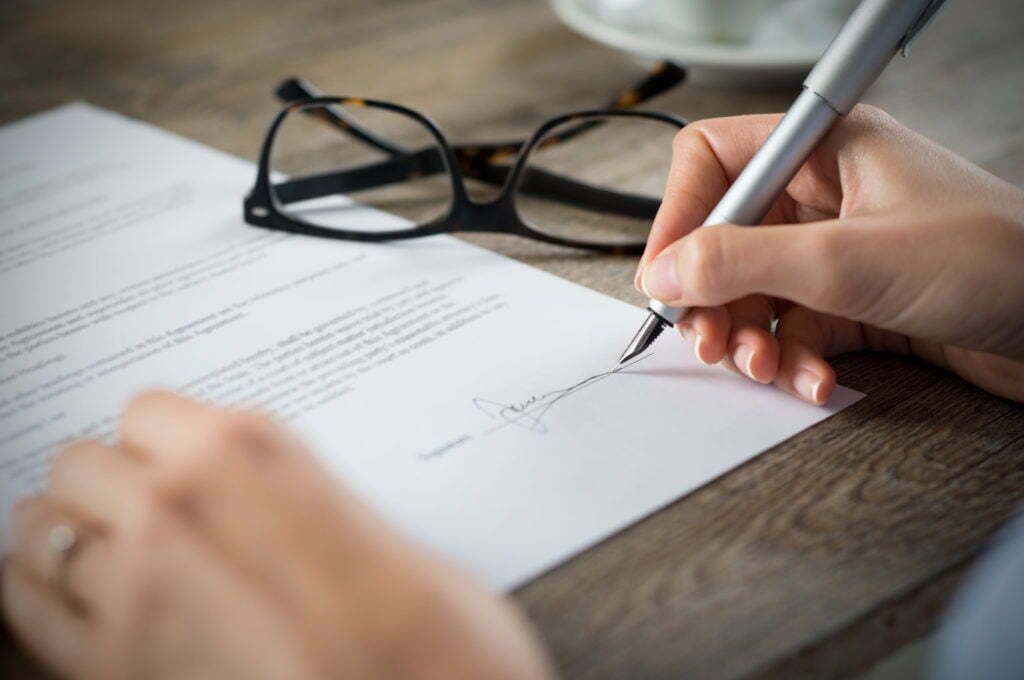Liability waiver forms are used to waive an individual’s right to sue an organization or business for any injuries or damages that may occur. In addition, a release of liability or release form can help prevent fraudulent claims against an organization or business. Waiver forms are also commonly used when signing up for a class or workshop, agreeing to terms and conditions for using a service, or making a claim against an insurance policy.
Waivers can help to prevent fraudulent claims.

There are many reasons why an organization or business might choose to have customers sign liability waiver forms. Waivers can help to prevent fraudulent claims against an organization or business. They can also help protect the organization or business from being held liable for any injuries or damages that may occur due to the customer’s use of its services or products. In some cases, you may also use liability waiver forms to protect the organization or business from copyright or trademark infringement claims.
When used appropriately, liability waiver and release forms can be invaluable for organizations or businesses looking to protect themselves from potential legal action. By requiring customers to sign a waiver before using its services or products, an organization or business can help to reduce its risk of being held liable for any damages or injuries. While liability waiver forms will not always prevent legal action from being taken, they can be an important part of a broader risk management strategy.
Use waivers when agreeing to terms and conditions.
A person agreeing to the terms and conditions for using a service is waiving any liability that may come their way while using the service. The waiver form protects the company by releasing them from any legal action the person may take should an accident or injury occur while using the service. The release of liability form also releases the company from any legal action the person may take should the company breach the terms and conditions of the agreement.
Some insurance companies request liability release forms.
When an individual files a claim against their insurance policy, the insurance company may request a liability waiver form as part of the claim process. A waiver of liability is a document that waives an individual’s right to sue the insurance company for any damages that may occur due to the claim. By signing a liability waiver form, an individual agrees not to pursue any legal action against the insurance company in the event of damages.
There are several reasons why an individual might choose to sign a liability waiver form. For example, if an individual claims property damage, they may be concerned that the insurance company will not cover the damages fully. In this case, signing a liability waiver form can help to ensure that the individual receives at least some compensation for the damages.
Know when to use a liability waiver form.

A liability waiver form is a document used to protect a person or organization from any legal action that may be taken as a result of an injury or accident. By signing a liability waiver form, the person or organization agrees to release the other party from any liability if something goes wrong.
Liability waiver forms are often used in sports and recreational activities. For example, a person may sign a liability waiver form before participating in a football game. This would protect the person from any legal action you may take if they get injured while playing. In addition, you can use liability waiver forms to facilitate business deals. For example, a company may sign a liability waiver form before entering into a contract with another company. This would protect the company from any legal action you may take if the contract is not fulfilled.
With several diverse use cases, it’s helpful to understand when you should and shouldn’t use a release of liability form. Whether you’re reviewing your financial affairs or getting in touch with your insurance, understanding the form can help you succeed.





